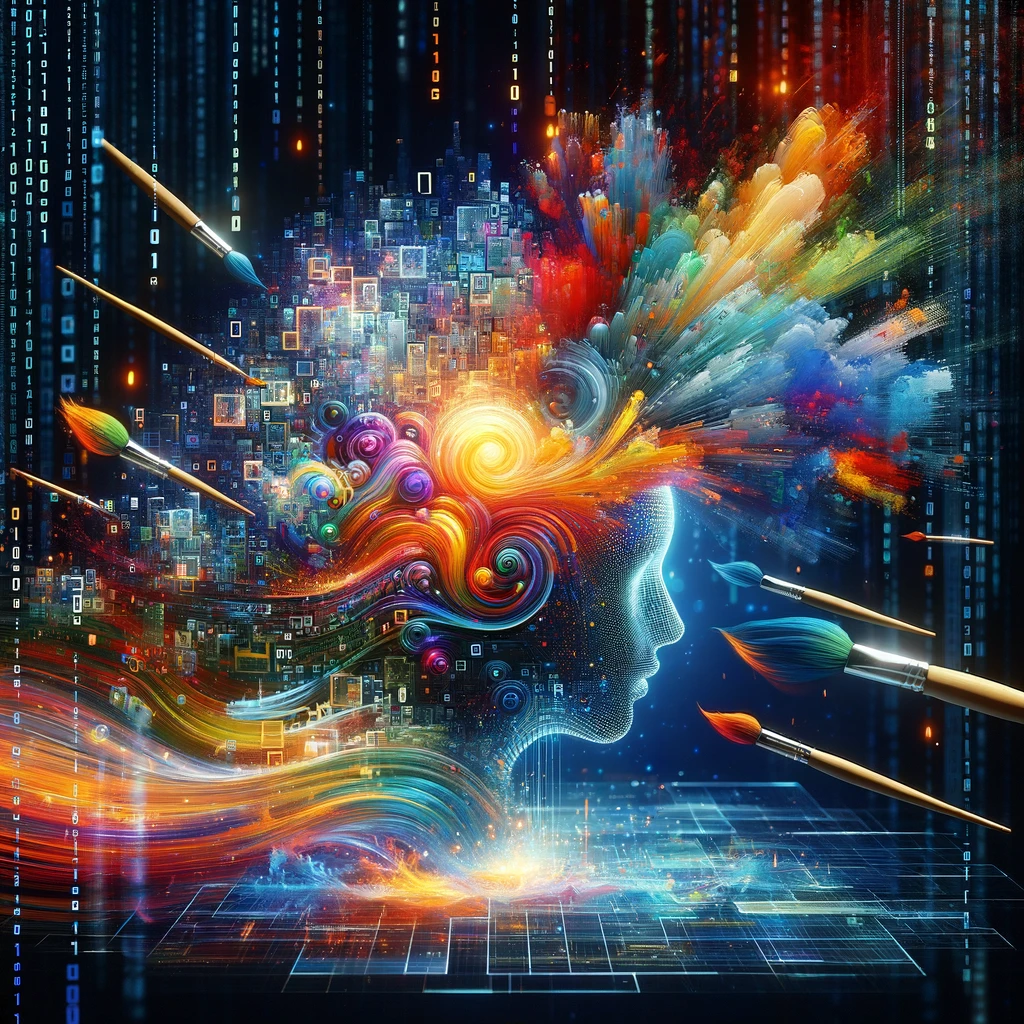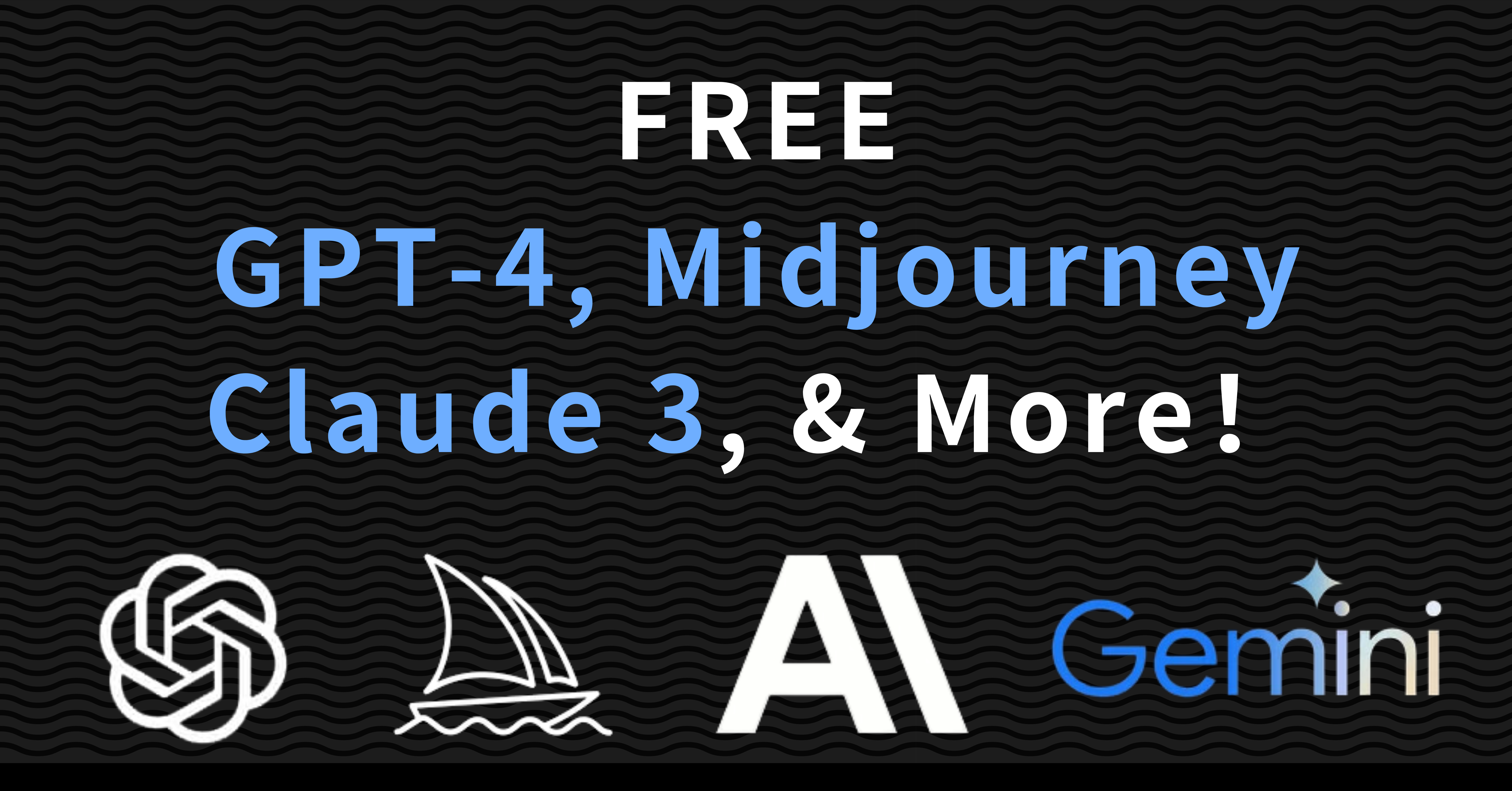The Dawn of Creativity: Exploring ChatGPT Image Generators
In the ever-evolving digital era, the fusion of artificial intelligence (AI) with creative processes has opened up new avenues for artistic expression and content creation. The ChatGPT image generator, a remarkable innovation in this domain, stands at the forefront, merging the capabilities of advanced language models with image generation technologies. This comprehensive exploration delves into the intricacies of ChatGPT image generators, their applications, ethical considerations, and the future of AI-driven creativity.

Introduction to ChatGPT Image Generators
ChatGPT image generators are AI-driven tools that interpret textual descriptions to create compelling visual content. Leveraging models like DALL-E, these generators can produce images ranging from realistic photographs to artistic illustrations, all from simple text prompts. The underlying technology is rooted in generative adversarial networks (GANs), which learn to mimic any distribution of data, including the style of specific artists or genres of imagery.

Pay-as-You-Go:
Top Up from Just $1 Balance Never Expires
All-in-One: Access All Models in One Place
AI Total Data Privacy
Unlimited Usage Limitation
Accepts Fiat and Crypto Payments
How ChatGPT Image Generators Work
The core mechanism behind ChatGPT image generators involves two main components: the language understanding model and the image generation model. The language model, often a variant of GPT (Generative Pre-trained Transformer), interprets the text input, understanding context, nuances, and the specific requirements of the visual to be created. The image model, trained on vast datasets of images and their descriptions, then generates the visual content that matches the textual description as closely as possible. For a deeper understanding of GANs and their applications in AI, the MIT Technology Review provides insightful resources.
Applications Across Industries
ChatGPT image generators have found applications across various sectors:
Creative Arts: Artists and designers use these tools to brainstorm and materialize concepts and ideas.
Marketing and Advertising: Businesses leverage the technology to create unique and engaging visual content for their campaigns.
Education: Educators use these tools to generate visual aids and illustrations to enhance learning materials.
Ethical Considerations and Challenges
While the advent of ChatGPT image generators heralds a new age of creativity, it also brings to light several ethical considerations:
Copyright and Ownership: Determining the copyright ownership of AI-generated images, especially when they mimic the style of human artists, remains a contentious issue.
Bias and Representation: Like any AI technology, image generators can perpetuate biases present in their training data, leading to issues with diversity and representation in generated images.
Privacy Concerns: The use of personal photos or likeness in training datasets raises concerns regarding privacy and consent.
The Electronic Frontier Foundation (EFF) discusses these ethical challenges in detail, advocating for responsible AI development and usage.
Future Directions and Innovations
The future of ChatGPT image generators looks promising, with ongoing research focused on improving the quality, diversity, and applicability of generated images. Innovations in AI interpretability and control mechanisms are also underway, aiming to address ethical concerns while enhancing creative freedom.
Educational institutions like Stanford University and Harvard University are at the forefront of AI research, contributing to the development of more sophisticated and ethical AI image generation technologies.
Conclusion
The ChatGPT image generator represents a significant milestone in the integration of AI with creative processes. As we navigate the complexities of this technology, it is imperative to foster a balanced approach that promotes innovation while addressing the ethical implications of AI-generated content. The journey of AI in creativity is just beginning, promising a future where technology and artistry converge to unlock unprecedented possibilities.
FAQs
What is a ChatGPT image generator? It's an AI tool that creates images based on textual descriptions, combining language understanding with visual creativity.
How do ChatGPT image generators work? They use a combination of language models and image generation models to interpret text prompts and generate corresponding images.
What are the main applications of ChatGPT image generators? They're used in the creative arts, marketing, advertising, and education for generating unique visual content.
What ethical considerations are associated with ChatGPT image generators? Issues around copyright, bias, and privacy are significant concerns that need to be addressed.
Where can I learn more about AI and creativity? Resources from institutions like MIT, Stanford, and Harvard, as well as articles from the MIT Technology Review and the EFF, provide valuable insights into the intersection of AI and creative processes.
